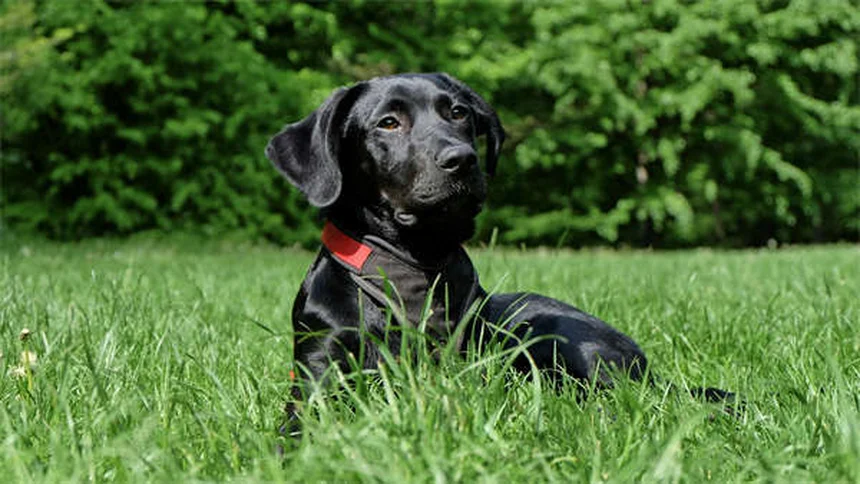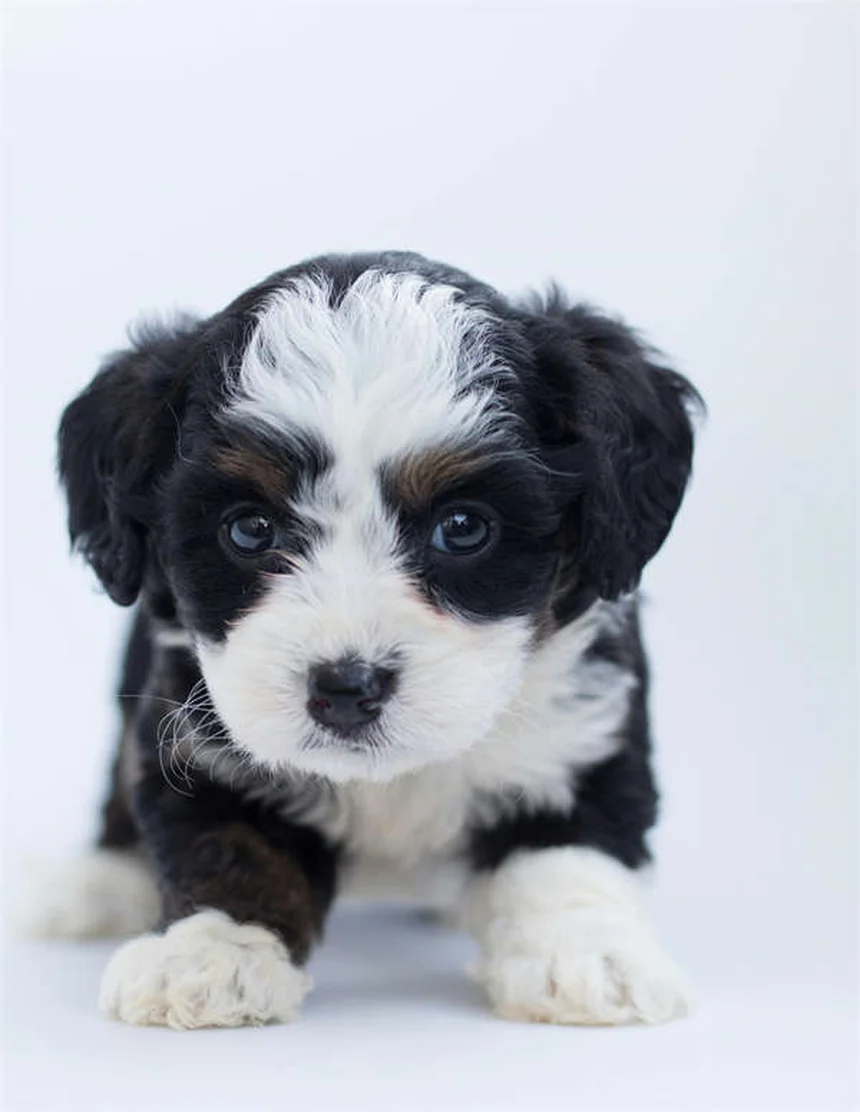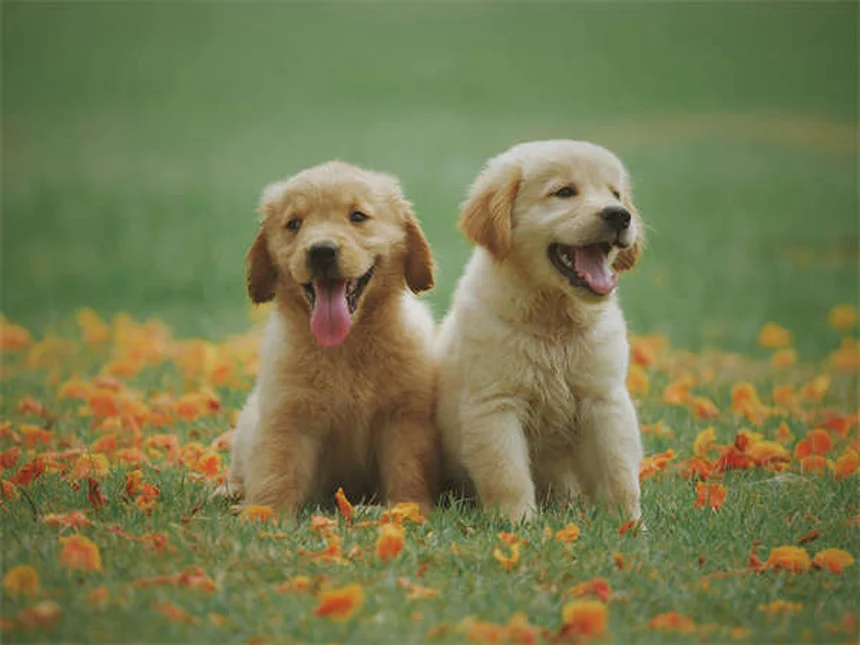Rabbit UTI Symptoms & Treatment: What Every Bunny Owner Must Know
Wondering what causes rabbit UTIs and how to spot them? Here's the deal: rabbit urinary tract infections are more common than you might think, and catching them early makes all the difference. I've seen too many bunny owners miss the signs until it's too late - let's make sure that doesn't happen to you!The answer is: Rabbit UTIs occur when bacteria infect their urinary system, often due to calcium buildup from their diet. Your fluffy friend might show symptoms like peeing outside the litter box, dribbling urine, or acting grumpy. The good news? When treated quickly with antibiotics and diet changes, most rabbits bounce back completely. But here's what really matters - that high-calcium alfalfa hay you've been feeding? It could be setting your bunny up for trouble. We'll walk through exactly what to feed instead and how to create a UTI-proof environment for your hoppy companion.
E.g. :Best No-Pull Dog Harness: Stop Leash Pulling Fast (2024 Guide)
- 1、Understanding Rabbit UTIs: The Complete Guide
- 2、Why Do Rabbits Get UTIs?
- 3、Diagnosing Rabbit UTIs
- 4、Treating and Preventing UTIs
- 5、Beyond the Basics: Rabbit UTI Insights You Need
- 6、Alternative Therapies Worth Considering
- 7、When Prevention Fails: Emergency Preparedness
- 8、The Financial Side of Rabbit UTIs
- 9、FAQs
Understanding Rabbit UTIs: The Complete Guide
What Exactly Is a Rabbit UTI?
Picture this: your bunny suddenly starts peeing outside the litter box and seems grumpy all the time. That could be a urinary tract infection (UTI) talking! Rabbit UTIs happen when bacteria invade their urinary system, causing pain and discomfort.
Here's something wild - rabbits have super calcium-rich urine compared to other pets. While that's normal for them, it does make them more prone to UTIs when calcium builds up. The good news? With quick treatment, most rabbit UTIs clear up completely. But wait too long, and your fluffy friend could face permanent bladder damage.
Spotting the Signs: UTI Symptoms in Rabbits
Visible Changes in Urination
Ever seen your rabbit straining to pee like they're trying to solve a difficult math problem? That's a red flag! Other telltale signs include:
- Dribbling urine like a leaky faucet
- Suddenly forgetting litter box training
- Producing darker, stronger-smelling urine
Did you know? Some rabbits with UTIs develop "urine scald" - irritated, bald patches around their genitals from constant wetness. Ouch!
Behavioral Changes
Your usually social bunny might start acting like a hermit. Watch for:
| Normal Behavior | UTI Behavior |
|---|---|
| Happy binkies (jumps) | Lethargic, barely moves |
| Excited for meals | Picky eating or no appetite |
| Loves belly rubs | Hates being touched |
You might also notice teeth grinding - their version of saying "this really hurts!"
Why Do Rabbits Get UTIs?
 Photos provided by pixabay
Photos provided by pixabay
Dietary Dangers
Here's a fun fact: alfalfa hay is like candy for rabbits - delicious but not great in large amounts. It's packed with calcium that can irritate their urinary tract. Think of it like drinking milkshakes all day - tasty but problematic!
Timothy hay is the better choice for adult bunnies. It's like switching from soda to water - still satisfying but much healthier for their system.
Hydration Station
Ever feel thirsty after salty food? Rabbits need extra water to flush out all that calcium. Water bottles just don't cut it - bowls let them drink more naturally. Dehydration leads to super-concentrated urine that's a UTI waiting to happen.
Weighty Matters
Chubby bunnies might look adorable, but extra weight traps moisture around their genitals. It's like wearing a wet swimsuit all day - uncomfortable and perfect for bacteria growth. Plus, overweight rabbits often drink less water, making UTIs more likely.
Diagnosing Rabbit UTIs
 Photos provided by pixabay
Photos provided by pixabay
Dietary Dangers
When you visit the vet (and you definitely should!), come prepared with:
- Details about your rabbit's diet (brands and amounts)
- Notes on symptoms you've noticed
- A fresh urine sample if possible
The vet might do a urinalysis - basically checking your rabbit's pee under a microscope. It's like a detective searching for bacterial clues!
Advanced Testing
For tricky cases, vets might order:
- Urine culture (growing bacteria to identify it)
- X-rays to check for bladder stones
- Ultrasound to examine the urinary tract
These tests help create the perfect treatment plan for your bunny's specific situation.
Treating and Preventing UTIs
Medication Must-Knows
Antibiotics are the UTI-fighting superheroes! Common ones include:
Trimethoprim sulfa - The gentle giant of rabbit antibiotics
Enrofloxacin - Stronger but effective
Metronidazole - For particularly stubborn infections
Always finish the full course, even if your rabbit seems better. Stopping early is like leaving a battle halfway - the bacteria might come back stronger!
 Photos provided by pixabay
Photos provided by pixabay
Dietary Dangers
While your bunny recovers:
- Keep their living space spotless
- Offer fresh water constantly (bowls work best)
- Monitor their appetite closely
- Watch for any medication side effects
Remember, prevention is easier than treatment! Regular vet check-ups, proper diet, and clean living conditions go a long way in keeping UTIs away.
When to Panic (And When Not To)
Red pee doesn't always mean emergency - sometimes it's just from veggies like beets. But if your rabbit stops peeing completely? That's an immediate vet situation. Urinary blockages can become life-threatening in hours.
Most importantly - trust your instincts. You know your rabbit best. If something seems off, it's always better to check with your vet than wait and worry.
Beyond the Basics: Rabbit UTI Insights You Need
The Emotional Toll of UTIs
You ever notice how cranky you get with a bladder infection? Rabbits feel that pain too - but they can't tell us in words. Chronic UTIs can actually change your bunny's personality, turning your sweet cuddle bug into a grumpy loner.
Here's something vets don't always mention - rabbits remember pain. If litter box time hurt last week, they might avoid it completely this week. That's why positive reinforcement during recovery is so important. Try rewarding them with their favorite treat after successful potty trips!
The Hidden Connection Between Teeth and UTIs
Wait - what do teeth have to do with pee problems? More than you'd think! Rabbit teeth grow constantly, and dental issues can lead to:
- Reduced hay consumption (less fiber = slower gut movement)
- Decreased water intake (ouchy mouth = drinks less)
- Weight loss (can't eat properly)
All these factors create the perfect storm for UTIs. Regular dental checkups aren't just about teeth - they're urinary health protectors too!
Environmental Factors We Often Miss
Think your rabbit's cage setup doesn't affect UTIs? Think again! Here's how environment plays a role:
| Problem | Solution |
|---|---|
| Wire cage floors | Add solid resting areas |
| Dirty litter boxes | Clean 2x daily |
| Low-sided water bowls | Use heavy ceramic bowls |
Ever considered that stress from loud noises or new pets could contribute? Cortisol (the stress hormone) actually weakens immune responses. A calm bunny is a healthy bunny!
Alternative Therapies Worth Considering
Hydration Boosters Beyond Water
You know water's important, but here's a pro tip - herbal teas can work wonders. Try these vet-approved options:
- Chamomile (calming and hydrating)
- Peppermint (helps with digestion too)
- Raspberry leaf (supports urinary health)
Just serve them at room temperature and unsweetened. And no, your bunny doesn't need a tiny teacup - a regular bowl works fine!
The Power of Probiotics
Antibiotics save lives but can wreak havoc on gut bacteria. That's where probiotics come in! They're like sending reinforcements to your rabbit's digestive system after the antibiotic "bomb" drops.
Look for species-specific probiotics at your vet's office. Human supplements won't cut it - rabbit guts need different bacterial strains. A healthy gut means better nutrient absorption and stronger immunity against future UTIs.
When Prevention Fails: Emergency Preparedness
Building Your Bunny First-Aid Kit
Hope for the best, prepare for the worst! Here's what every rabbit owner should have on hand:
- Sterile saline solution (for cleaning)
- Digital thermometer (know when to panic)
- Critical Care formula (emergency feeding)
- Your vet's after-hours number (programmed in your phone!)
Store everything in an easily accessible spot - when emergencies happen, you don't want to be searching through closets!
Recognizing the Real Emergencies
How do you know when it's "call the vet now" versus "wait until morning"? Here's my rule of thumb:
- Emergency: No pee for 12+ hours, screaming while trying to pee, or complete lethargy
- Urgent but can wait: Straining but still producing some urine, reduced appetite
- Monitor: Slightly stronger smelling urine, one-time litter box accident
Pro tip: Take video of concerning behaviors to show your vet. Sometimes what seems minor to us is actually a big red flag to professionals!
The Financial Side of Rabbit UTIs
Budgeting for Bunny Healthcare
Let's talk dollars - because surprise vet bills hurt almost as much as UTIs! Here's a realistic cost breakdown:
- Initial exam: $50-$100
- Urinalysis: $80-$150
- X-rays: $200-$400
- Medications: $30-$80
Did that make you gulp? Pet insurance can be a lifesaver, or consider setting aside $20/month in a "bunny emergency fund." Trust me, Future You will be grateful when problems pop up!
Cost-Saving Tips That Actually Work
Want to keep costs down without compromising care? Try these vet-approved strategies:
- Buy critical care supplies online in bulk
- Ask about payment plans for large bills
- Learn to do basic health checks at home
- Find a rabbit-savvy vet (they diagnose faster, saving you money)
Remember - prevention is always cheaper than treatment. That $50 checkup could catch problems before they become $500 emergencies!
E.g. :Rabbit UTI (Urinary Tract Infection) | PetMD
FAQs
Q: How can I tell if my rabbit has a UTI versus just being moody?
A: Great question! While rabbits can certainly have off days just like us, UTI symptoms are more consistent and physical. Look for these telltale signs: your bunny might hunch like they're in pain, grind their teeth (a rabbit's way of saying "ouch!"), or suddenly forget their litter box training. You might notice their pee looks darker or smells stronger than usual. The biggest red flag? If your normally social rabbit starts hiding all the time or reacts badly to being touched - that's their way of telling you something's wrong. When in doubt, it's always better to check with your vet than wait and see.
Q: What's the best way to prevent UTIs in my rabbit?
A: Prevention is all about three key things: diet, hydration, and cleanliness. First, swap out calcium-rich alfalfa hay for timothy hay once your rabbit reaches adulthood. Keep their water fresh in a bowl (not just a bottle) to encourage drinking. I recommend cleaning their litter box daily and washing their bedding weekly - think of it like keeping their bathroom sparkling clean! Overweight bunnies are more prone to UTIs too, so regular exercise is crucial. One pro tip: add a few extra water bowls around their space to remind them to drink throughout the day.
Q: Are some rabbits more likely to get UTIs than others?
A: Absolutely! Just like people, some bunnies are more prone to health issues. Older rabbits, overweight bunnies, and those with previous UTIs are at higher risk. Rabbits with back problems often struggle to empty their bladder completely, creating a perfect storm for infections. If your rabbit has had a UTI before, they're about 30% more likely to get another one - that's why prevention is so important! Certain breeds like lops may be slightly more susceptible too, though any rabbit can develop a UTI given the right (or wrong) conditions.
Q: My rabbit's pee is red - is this always a UTI emergency?
A: Not necessarily! While red urine can signal blood from a UTI, it might just be from eating colorful veggies like beets or carrots. Here's how to tell the difference: UTI-related blood usually appears as streaks in otherwise normal-colored urine, while diet-related color changes affect all the urine evenly. The real emergency? If your rabbit stops peeing completely or strains without producing anything - that could mean a life-threatening blockage. When you're unsure, snap a photo of the urine to show your vet - it helps them make the right call!
Q: How long does it take for a rabbit to recover from a UTI?
A: Most rabbits start feeling better within 48 hours of starting antibiotics, but here's the catch - you need to finish the entire course (usually 2-4 weeks) to prevent recurrence. During recovery, keep their space extra clean to avoid reinfection. Some bunnies need follow-up urine tests to confirm the infection is gone. For severe cases with bladder damage, full recovery might take months. The silver lining? With proper care, about 85% of rabbit UTIs clear up completely without long-term issues. Just be patient and stick to your vet's plan - your bunny will thank you!







